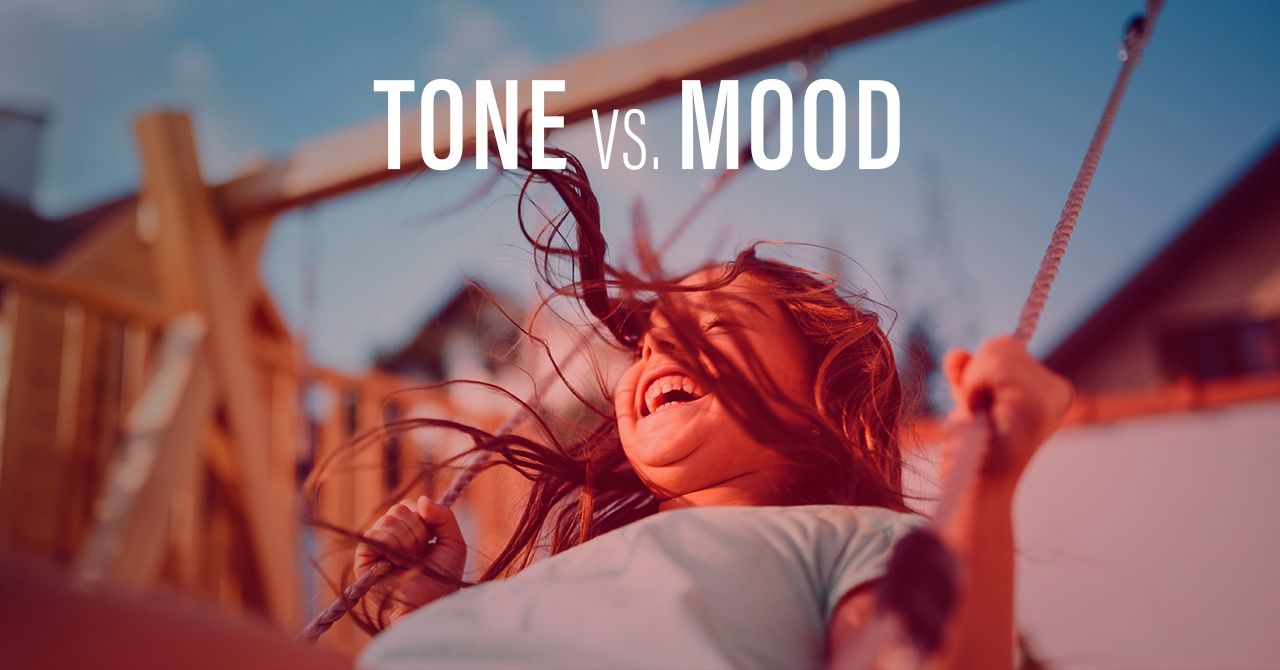
The difference between “Lightening” and “Lightning”
Lightening vs. Lightning? One would soothe you, and the other would scare you. Here’s why.

Passivity vs. passiveness: is there a difference?
In order to understand when to use passivity and when passiveness, you first need to know the meaning of “passive”.

Tone vs. Mood: learn how they differ and use them wisely
Tone and mood are closely related elements of writing. Both are essential when it comes to the impact of the written content.

“Despite” is Not “Inspite” But “In Spite Of”
Despite and in spite of are a preposition and a three-word prepositional phrase that have the same meaning. We use them to show the contrast between something that’s expected and a different outcome.

What is a Comma Splice and How to Fix It?
When two independent clauses accidentally (or deliberately) get spliced by a comma — instead of being separated by a semicolon or period — that’s called a comma splice.

Copacetic, Copasetic, Copesthetic—What It Means and How to Use It
Copacetic (or copasetic, as some people spell it) is not a word often heard in everyday speech.

The Suffix -Esque in the English Language: Meaning, Rules, and Examples
Words ending with -esque often sound foreign and exotic. That’s because they mostly are foreign.

Apposition and appositive phrase in a sentence
In grammar textbooks, you’ll usually find that an appositive is a phrase of a noun standing in apposition to the noun it explains.